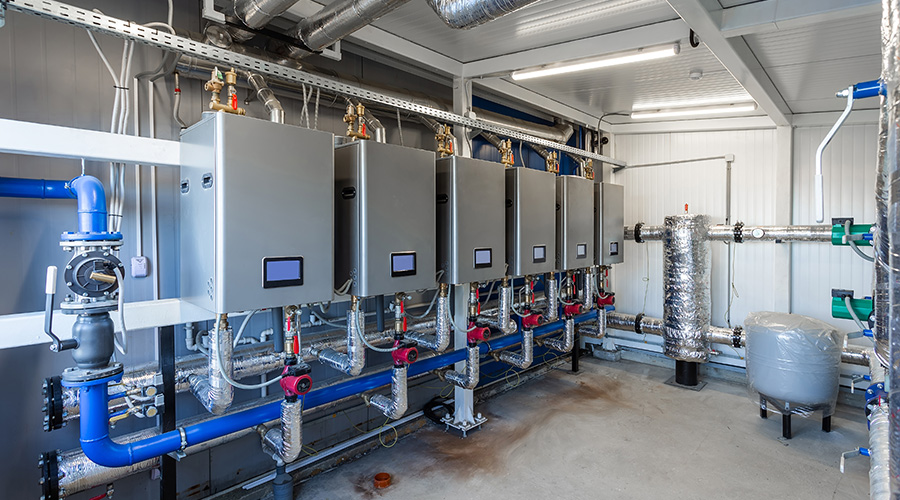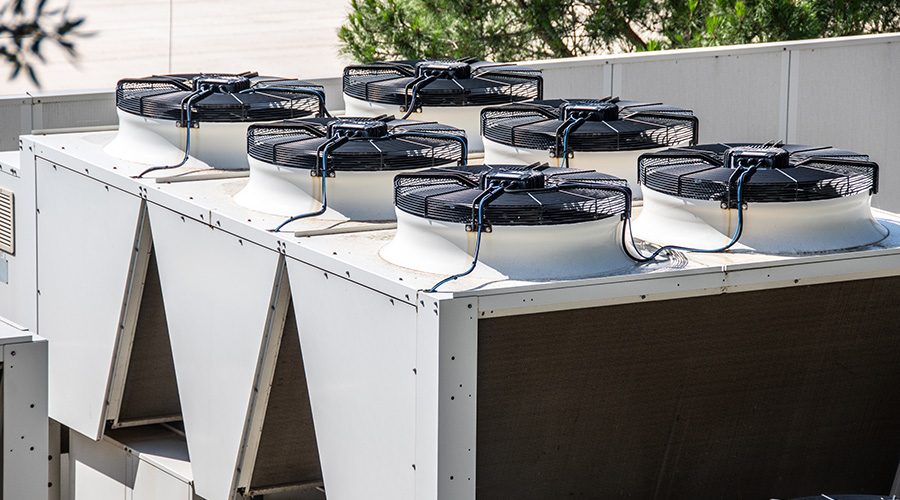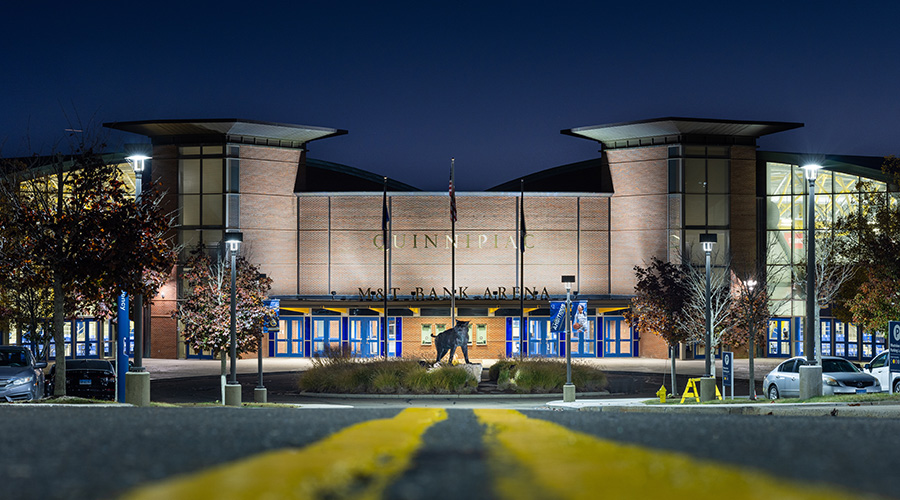Outlook
Cool temperatures not cool, productivity study shows
Think that indoor environmental quality has little effect on productivity? Think again. A new study draws a possible link between temperature and productivity and shows that keeping a building too cool decreases worker output.
By tracking room temperature and human performance closely, researchers at Cornell University found that typing mistakes increased and work output decreased as room temperature dropped. Specifically, the study showed typing mistakes increased by 74 percent and typing output decreased by 46 percent as the ambient room temperature fell from 77 degrees to 69 degrees.
“This is the first study to quantify a measure of productivity on such a short time frame, every 15 minutes, and to show that productivity seems to vary with air temperature, also recorded every 15 minutes at the same locations,” says Alan Hedge, professor and director of the Human Factors and Ergonomics Laboratory at Cornell University, who directed the research.
Hedge estimates that the decreased productivity resulted in a 10 percent increase in labor costs per worker.
The Test
Researchers monitored the performance of personnel at nine workstations at the Insurance Office of America’s corporate head- quarters in Orlando, Fla. Using Onset data loggers at each workstation, researchers were able to simultaneously monitor temperature at the workstation and typing performance. The workers were unaware that they were being monitored for a productivity experiment.
At about 76 to 77 degrees, participants in the study were keying 100 percent of the time with about a 10 percent error rate. Because of variability in the air supply, the temperature would periodically drop, and keying time decreased and error rates increased. At 69 degrees, keying time decreased to about 54 percent of the time and errors rates increased to 25 percent.
The temperature was not manipulated for the study. Temperature fluctuations in the spaces studied during the weeks of testing represented the fluctuations often present in variable air volume systems. “The HVAC systems blow cold air into a space to cool it down, then reduce the air supply until the space warms up,” Hedge says.
The outdoor temperatures during the test ranged from the high 70s to the mid 80s degrees.
Cause and Effect
So what caused productivity to suffer as a response to cooler temperatures? “A cool temperature may affect performance indirectly via distraction and discomfort, or directly via cooling hands and fingers, which slows movement,” he says.
While important itself, the study also opens the door to further research into indoor environmental quality issues and productivity, Hedge says. What the study shows is temperature may be only one possible source of productivity problems. Another possibility could be air pollutants, in particular, carbon dioxide.
“We didn’t measure indoor air pollutants, so that’s next on our agenda,” Hedge says. “In particular, we’re measuring carbon dioxide. Carbon dioxide is an indicator of ventilation rates, and could suggest the presence of volatile organic compounds and respirable particulates.”
Related Topics:











